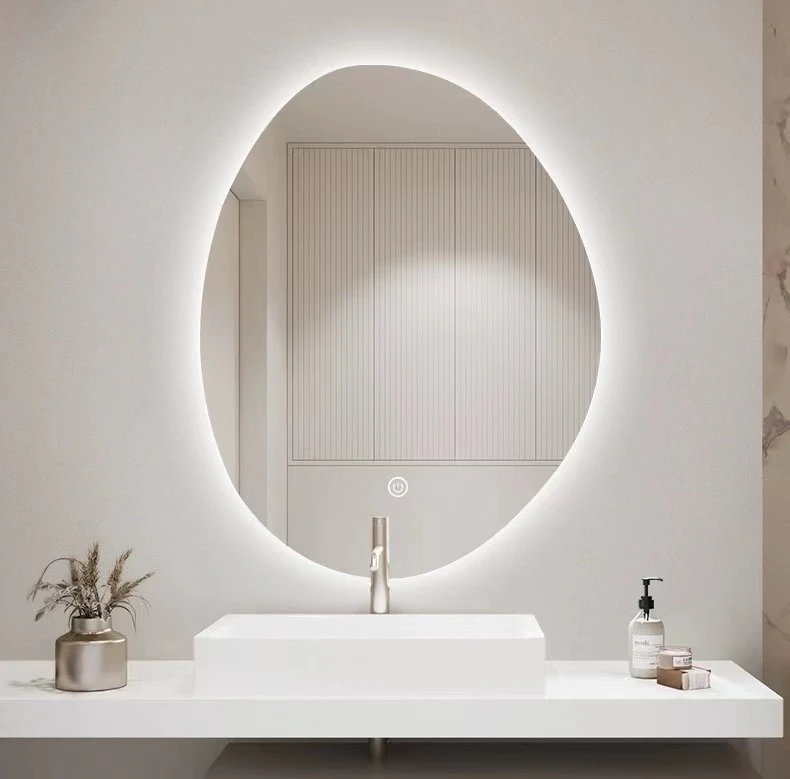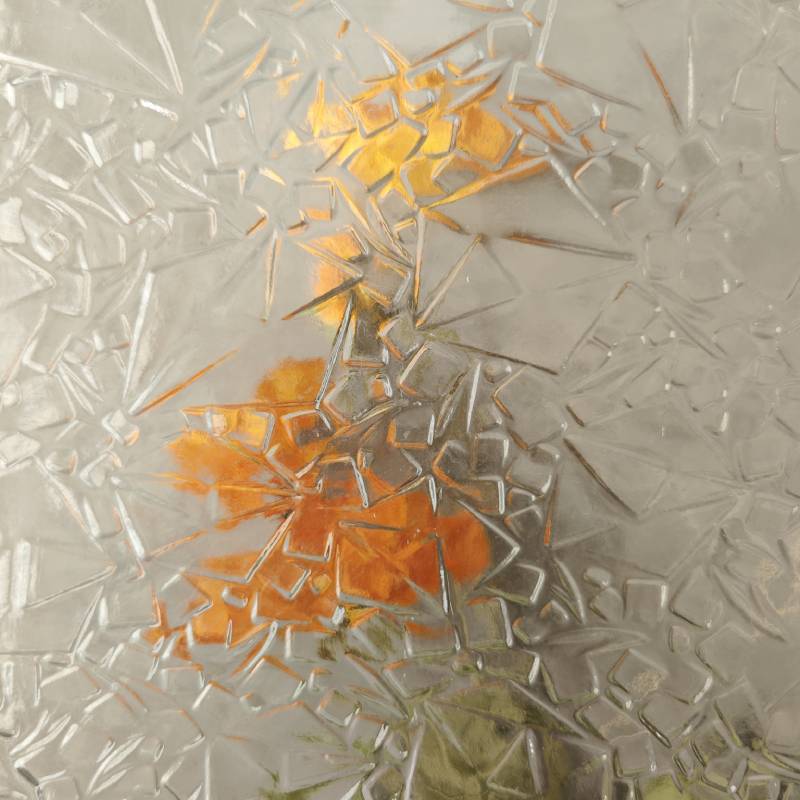Mirror glass types, a captivating realm of reflective surfaces, offer a plethora of options to enhance the aesthetics and functionality of any space. As someone with extensive experience in the industry, I am committed to sharing insights that are both expert and trustworthy, ensuring that your understanding of these products is profound and precise.

Annealed mirror glass, also known as standard mirror glass, is one of the most prevalent types used in interior design. Its appeal lies in its clarity and the ability to provide undistorted reflections, making it ideal for bathrooms, dressing rooms, and decorative uses. However, it is crucial to handle it with care, as it is more prone to breakage compared to other types. Ensuring professional installation not only enhances safety but also extends the lifespan of the mirror.
Tempered mirror glass, celebrated for its strength and safety features, undergoes a thermal treatment process. This results in a product that is much stronger than its annealed counterpart and shatters into small, less harmful pieces upon impact. This makes it a preferred choice for high-traffic areas or spaces where additional safety is a concern, such as gyms and public bathrooms.

Silvered mirror glass, coated with a thin layer of metallic silver on one side, offers superior reflection quality and is widely used in both residential and commercial settings. The silvering process enhances the reflective properties, providing a clear and crisp image that is perfect for creating an illusion of space and depth in smaller rooms.
For those seeking an environmentally friendly option, low-iron mirror glass offers clarity and a more accurate color representation due to its reduced iron content. This type eliminates the green tint typical in standard mirrors, providing crystal-clear reflections. Its application often spans across high-end residential and commercial projects where precision and aesthetic quality are paramount.
mirror glass types
Antique mirror glass adds a touch of nostalgia and elegance. By incorporating this type, spaces can achieve a vintage look while maintaining modern functionality. The antiquing process involves artificially aging the mirror, providing unique patterns and textures that can enhance the character of restaurants, boutiques, or any area seeking a distinguished aesthetic.
Smart mirror glass represents the future of reflective surfaces. Integrated with technology, it transforms traditional mirrors into interactive displays suitable for smart homes and innovative business settings. By merging functionality with state-of-the-art technology, smart mirrors can display information such as weather updates, time, or even your daily schedule, revolutionizing the way we interact with our spaces.
Decorative mirror glass, available in various shapes, sizes, and finishes, permits personalized customization. Whether through etched patterns, tinted coatings, or beveled edges, decorative mirrors serve as statement pieces that can complement any interior design theme. These mirrors not only reflect light but also inject personality and style into the environment.
In conclusion, the diverse array of mirror glass types available today allows consumers and designers alike to select products tailored to their specific needs, whether for aesthetic allure or practical application. Understanding the characteristics and suitability of each type enhances design possibilities and ensures the creation of spaces that are both beautiful and functional. With a trusted expertise in selecting and applying mirror glass, achieving the desired ambiance and utility becomes straightforward and achievable.



